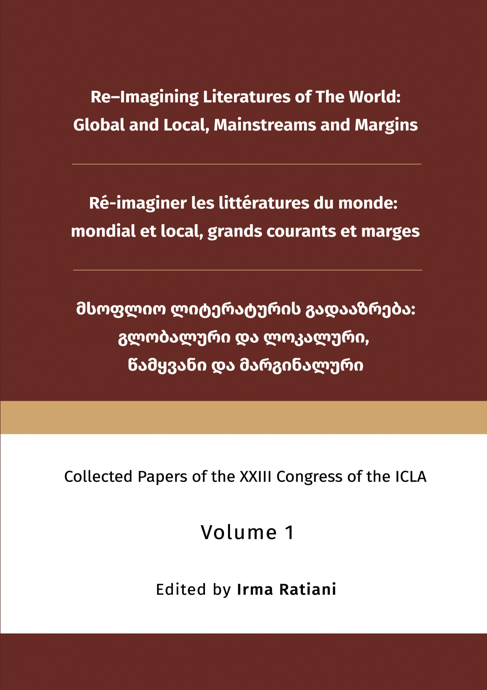Rewrite the History of a Chinese-American Female: Narratology of The Lost Daughter of Happiness (Fusang)
Main Article Content
ანოტაცია
Chinese American writer Yan Geling depicts the life of a Chi-nese prostitute in the US society one hundred years ago in her novel The Lost Daughter of Happiness (Fusang). By analyzing the narrato-logy of the novel, this essay discusses the issues of male gaze as well as Orientalism in the perspective of postcolonial feminism. The resistance against the dominating male-Western narration in US history prevails between the lines. In the first chapter of her work, Yan evokes readers’ identification with her heroine in their cog-nitive experience by adopting the tactics of second-person narrative, which puts the reader at the site of an objectified Asian female. The trick turns the table on readers. Being different from the readers of American history books that record Chinese prostitutes, the readers of Yan’s novel are no longer the subjects of giving judgement. Instead, they are forced into a shocking illusion of being judged with nude body by an authority. And with the superimposed points of view, Yan intentionally keeps the superimposed underpainting of male gaze and Orientalism, and re-superimposes a new perspective to fight against those stereotypes of Asian females. The combination of first and second-person in Fusang creates a mutual gazing space by constructing an opposition between "you" and "I". This oppo-sition serves as the prerequisite for the inversion of their subject-object relation and the communication between them, and finally "you" and "I" manage to communicate in the visual space. In these ways, Yan rewrites the cultural history of Asian-American females by substituting “history” with“herstory”.
